Research Report: Implementing Secure Web Databases in Cloud Instances
VerifiedAdded on 2023/06/04
|6
|1228
|480
Report
AI Summary
This report provides an overview of implementing web databases in cloud instances, emphasizing the critical aspects of security and recent advancements in database technology. It explores the four layers of a web database application: the browser layer, application logic layer, database connection layer, and database layer, highlighting the security measures needed at each level. The report addresses potential security threats and recommends adopting a three-tier client architecture to enhance web database application security. It concludes that implementing secure web databases with unified access is crucial to mitigate cyber-attacks and ensure data protection in the cloud environment. The document is available on Desklib, a platform offering study tools and resources for students.
1 out of 6
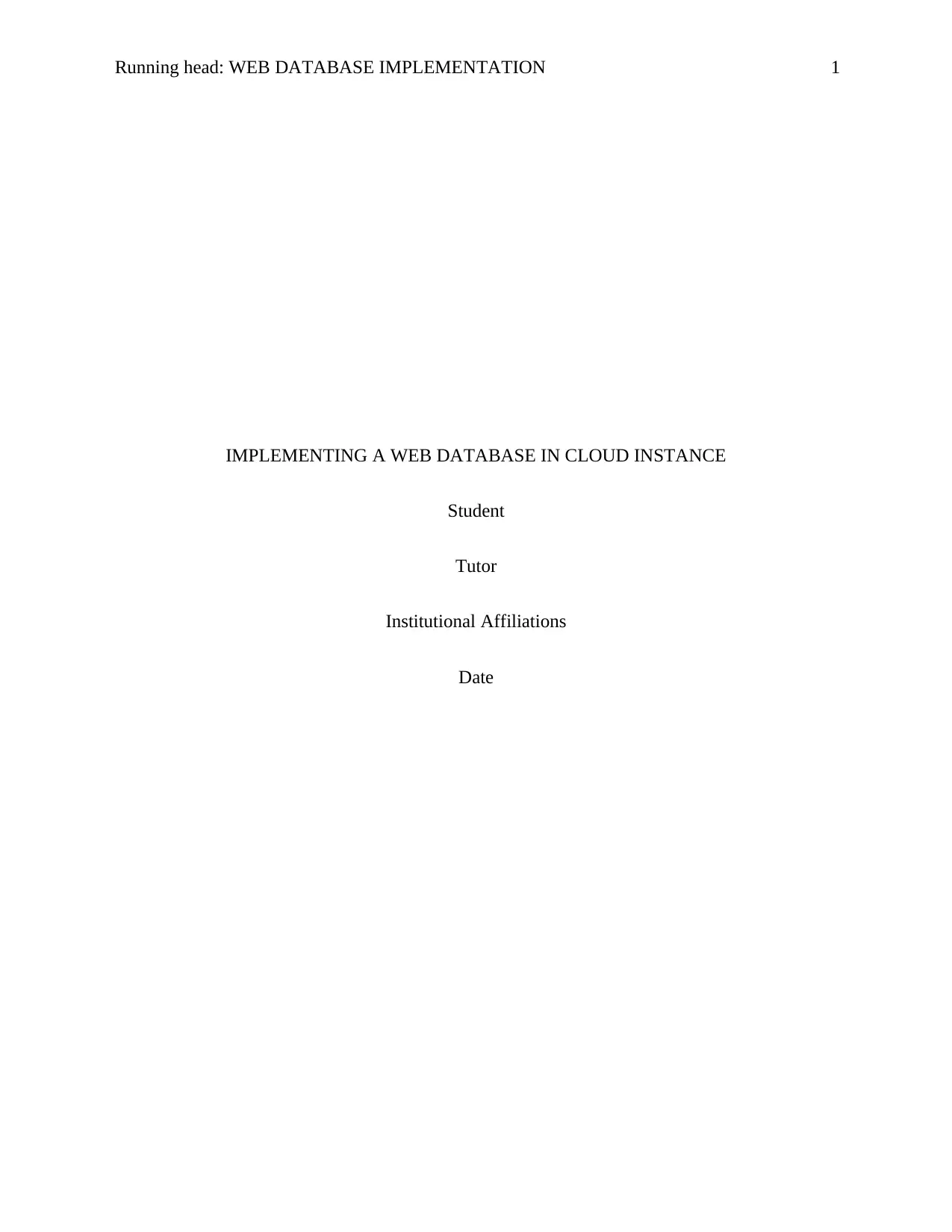
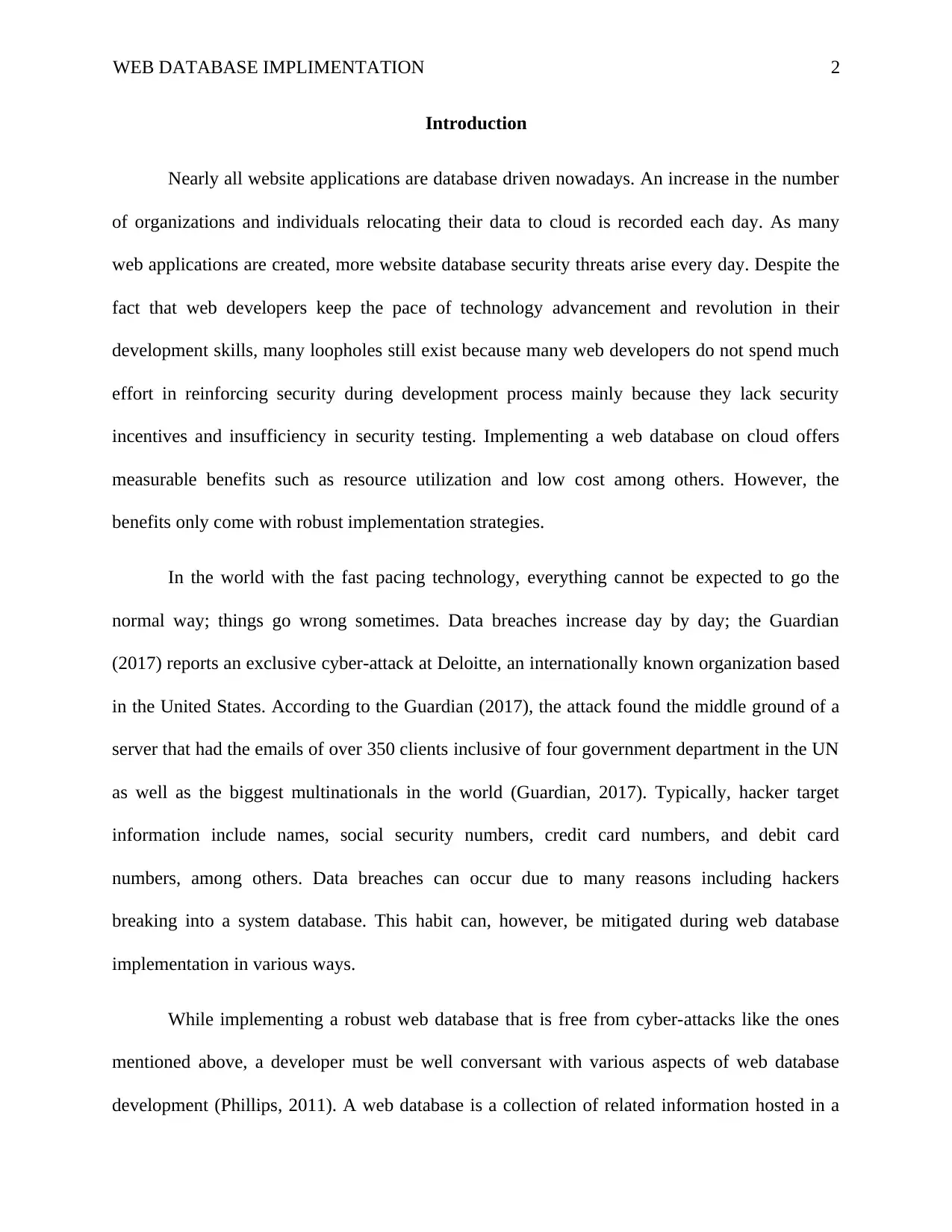
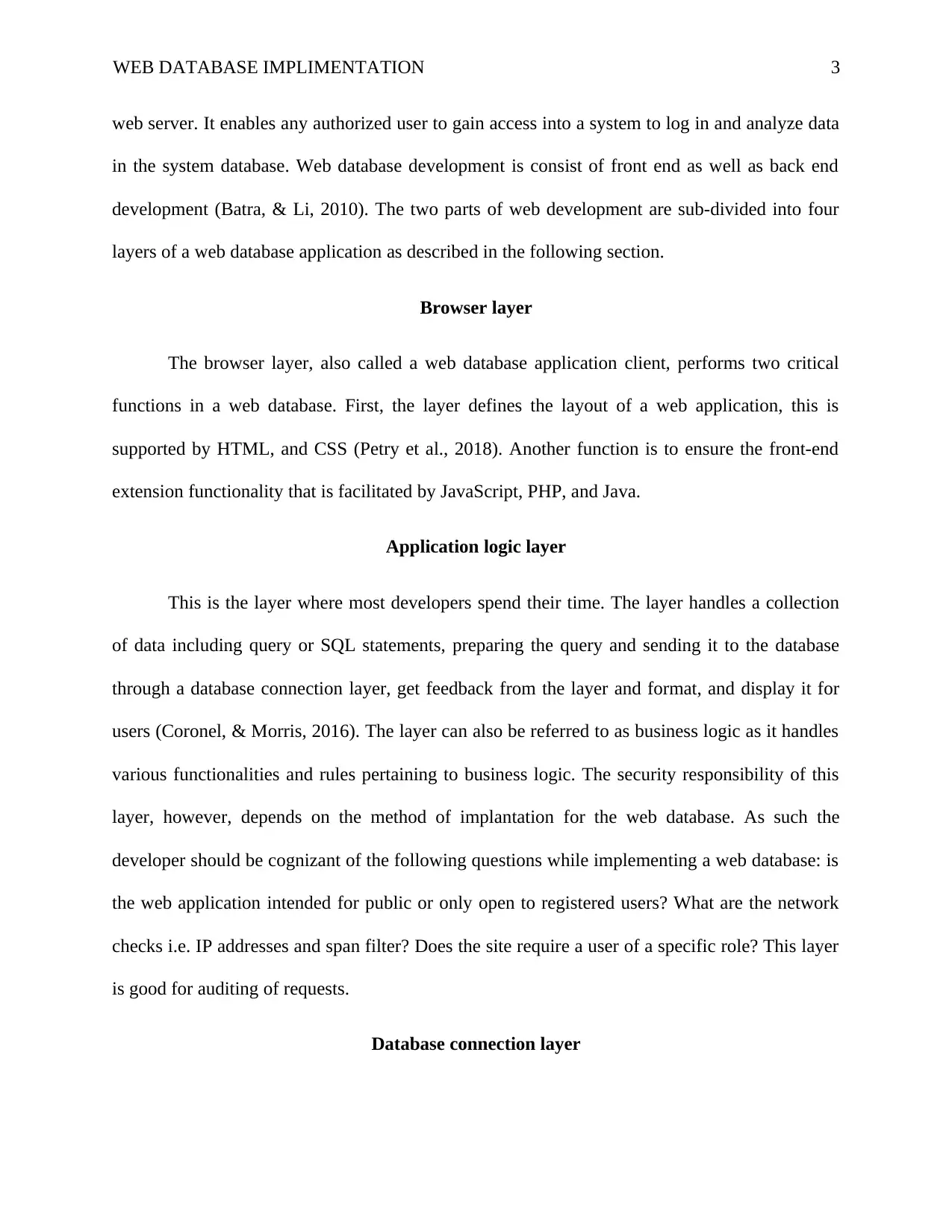
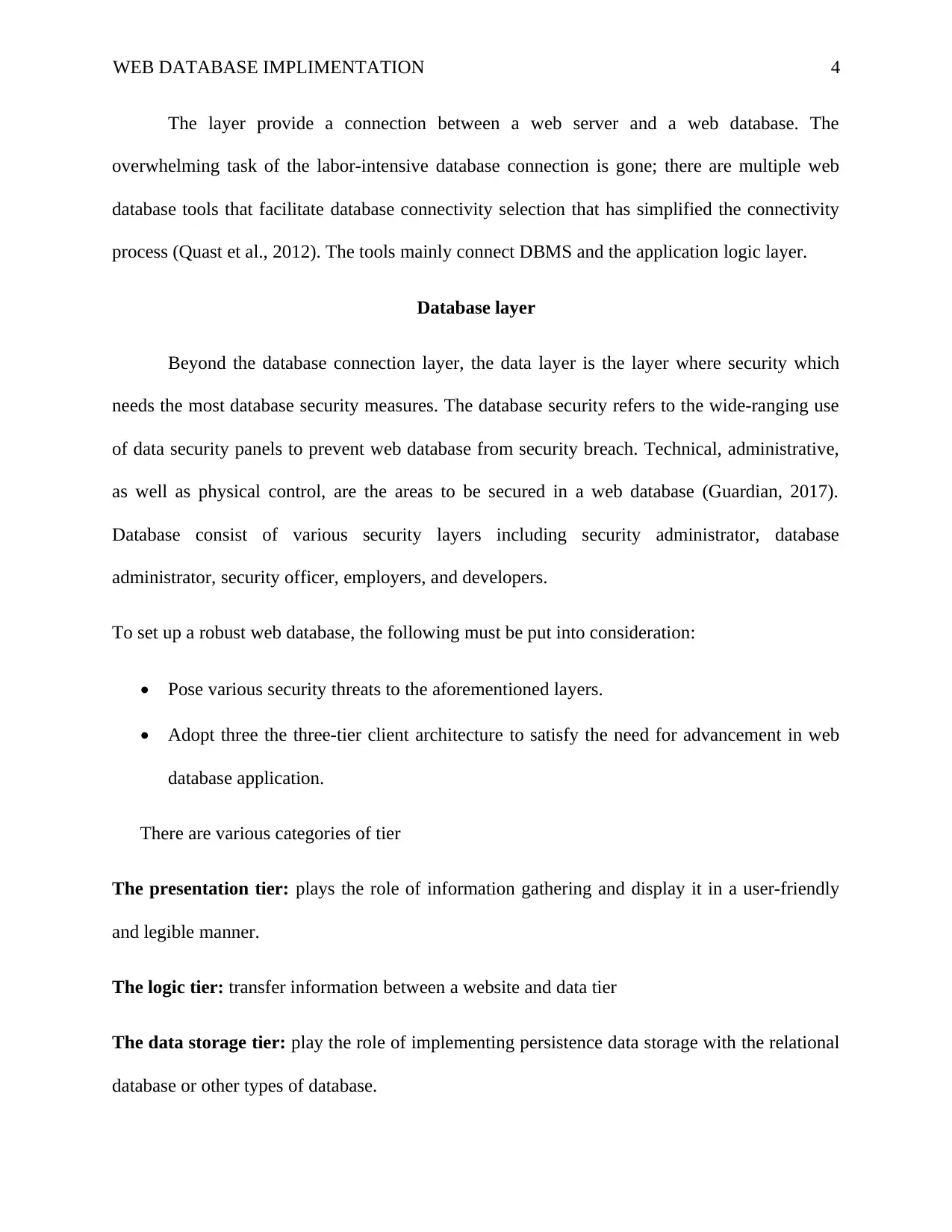
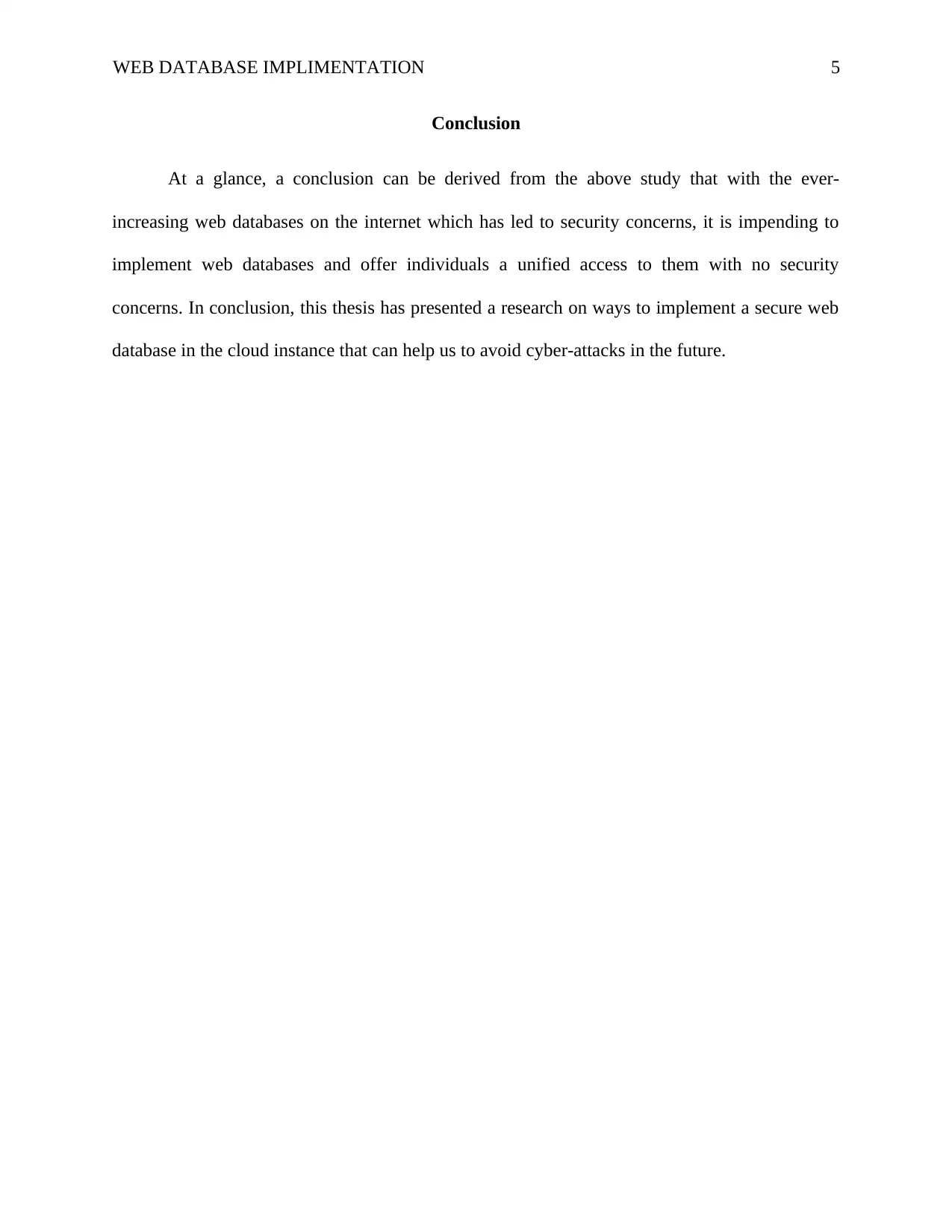
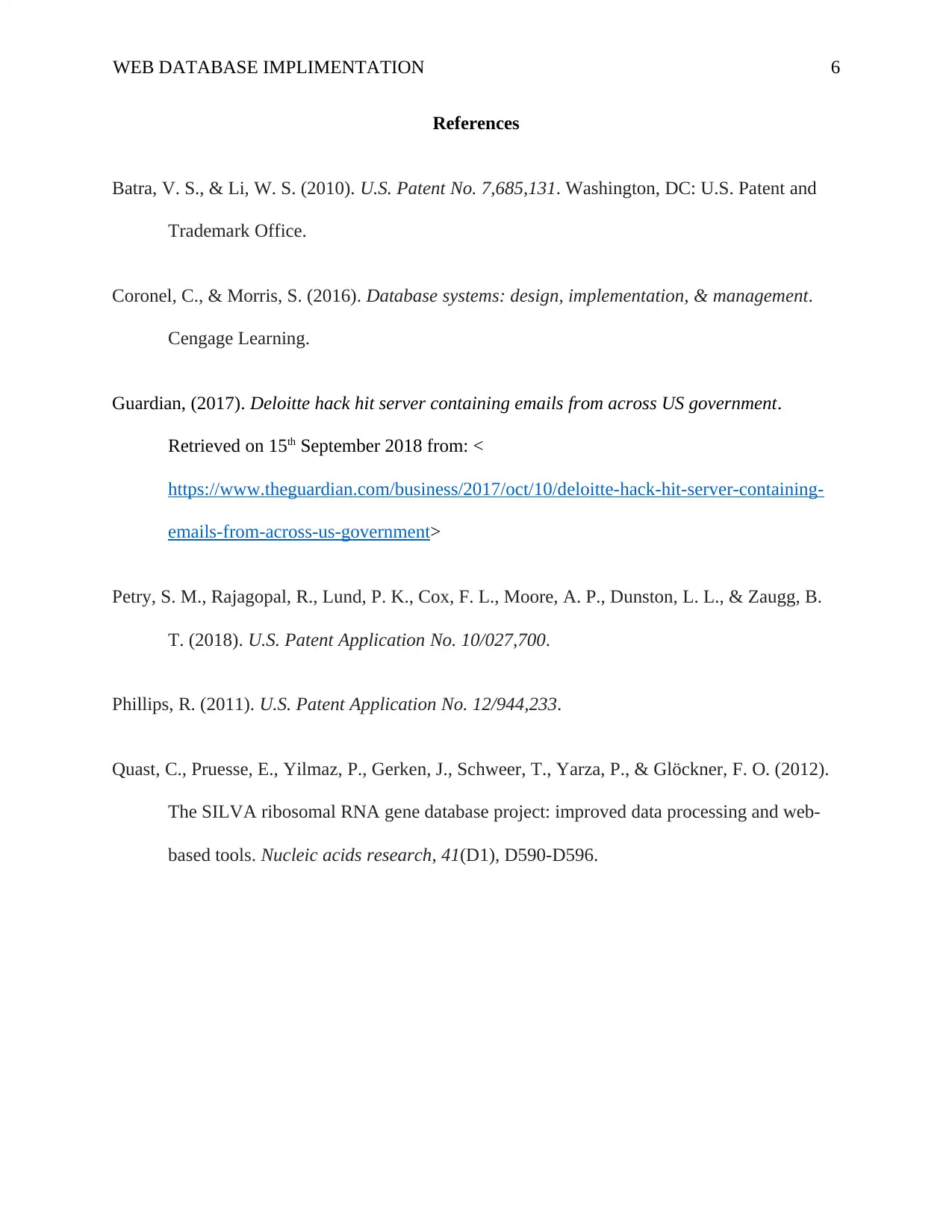






![[object Object]](/_next/static/media/star-bottom.7253800d.svg)